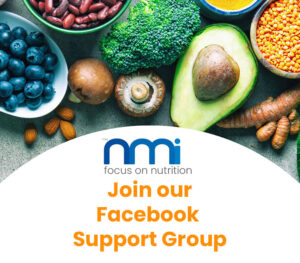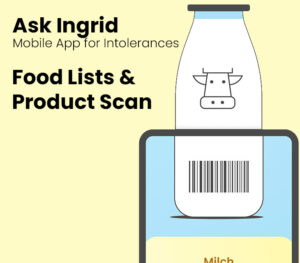In order to know whether a packaged food is compatible with fructose intolerance or lactose intolerance, for example, you need to examine the packaging. You have to read the ingredients, but you need a relatively good knowledge of the substances they contain. You have to study the nutritional table, but you should know its background. And you can take a look at the labels listed. There are various factors that can be used to assess whether the food is suitable for you. You just have to know them. And that’s difficult, because not everyone is a nutritionist. It would be much easier to scan the barcode with a food scanner app and then immediately see an assessment.
Scanner apps help to evaluate food
There are now a handful of apps that can do this. They can help to make such assessments. The “Ask Ingrid!” app, which we developed for the nmi portal, will also be able to do this with the next update. But how reliable is this data? I took a look at four different apps as examples. Since I don’t want to expose the competitors here, I will refrain from naming the apps. Apart from “Ask Ingrid!”, of course.
How does it work?
We had the idea of building a food scanner app like this over 10 years ago. However, as I have often reported, this is time-consuming and expensive. And the results are not always good. This is because you first need the food data. It is difficult to obtain these, you would have to write to all manufacturers individually. Almost impossible. There are now databases. For example, the Open Food Facts database, which we use for “Ask Ingrid”. Anyone can enter or add packaged products there. To date, there are over 3 million registered products.
And then you need algorithms that evaluate this data correctly. And this is precisely the crux of the matter: the data must be analyzed correctly. This makes the development of algorithms difficult.
What can the food scanner apps do?
The following applies to all apps: The data is never 100% reliable. But they can make an assessment that can help the consumer. Of course, this also applies to our app.
These apps are not reliable enough, especially for people with coeliac disease, so you always have to look at the packaging. The evaluated data cannot be used for histamine intolerance either, as the storage history of the product is not known. Has the cold chain been maintained? This means that the amount of histamine cannot be known by any app. But the apps can work for fructose intolerance, sorbitol intolerance or lactose intolerance. The algorithms just have to be really good.
Four apps: a comparison
I compared four apps with a scan function. I have done this with regard to fructose intolerance and lactose intolerance. Unfortunately, one app only had lactose intolerance as a setting option. 20 random products from different categories were tested. From mineral water to yogurt, from long-life sausages to chocolates.
I was very pleased with the result, because it shows that all the hard work and brainpower that went into our algorithms has paid off.
“Ask Ingrid”, marked yellow in the pictures, is ahead. Thank God … if it had been any different, we wouldn’t have published our app.
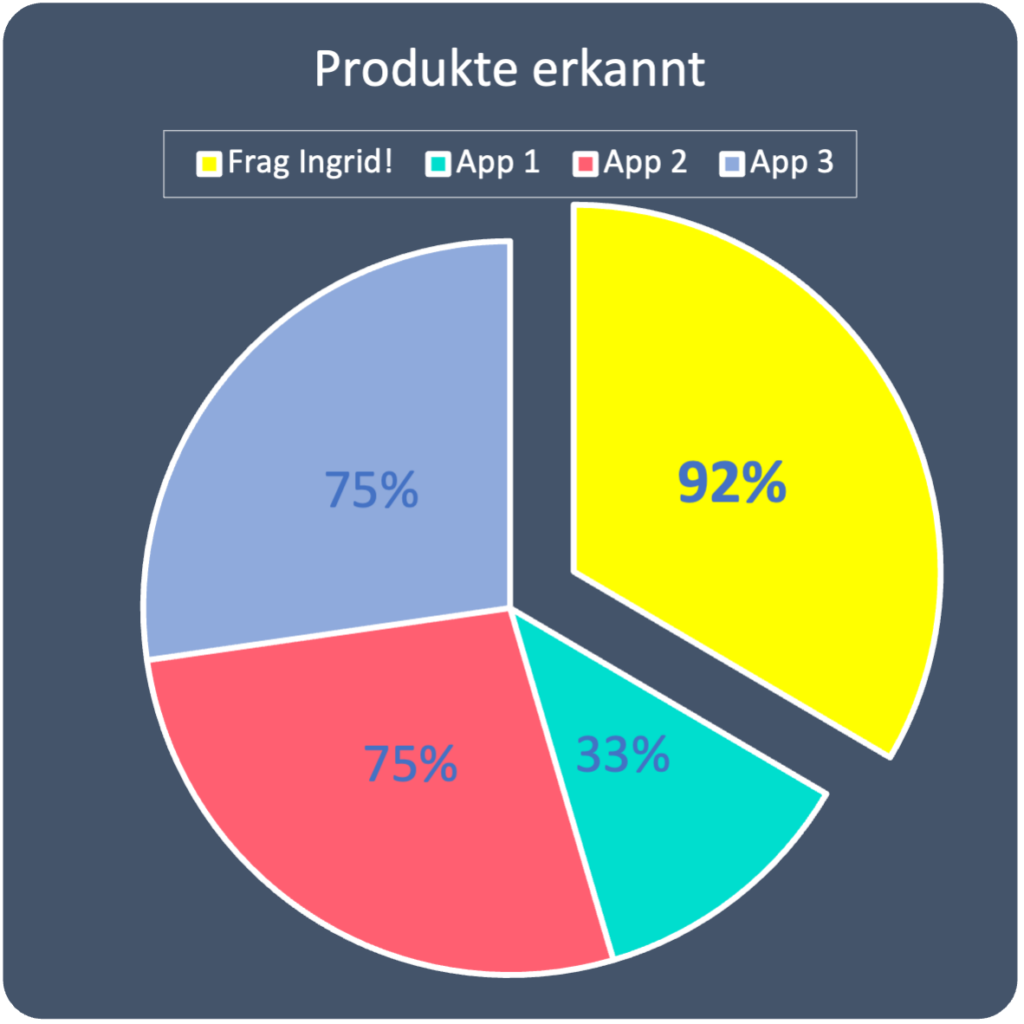
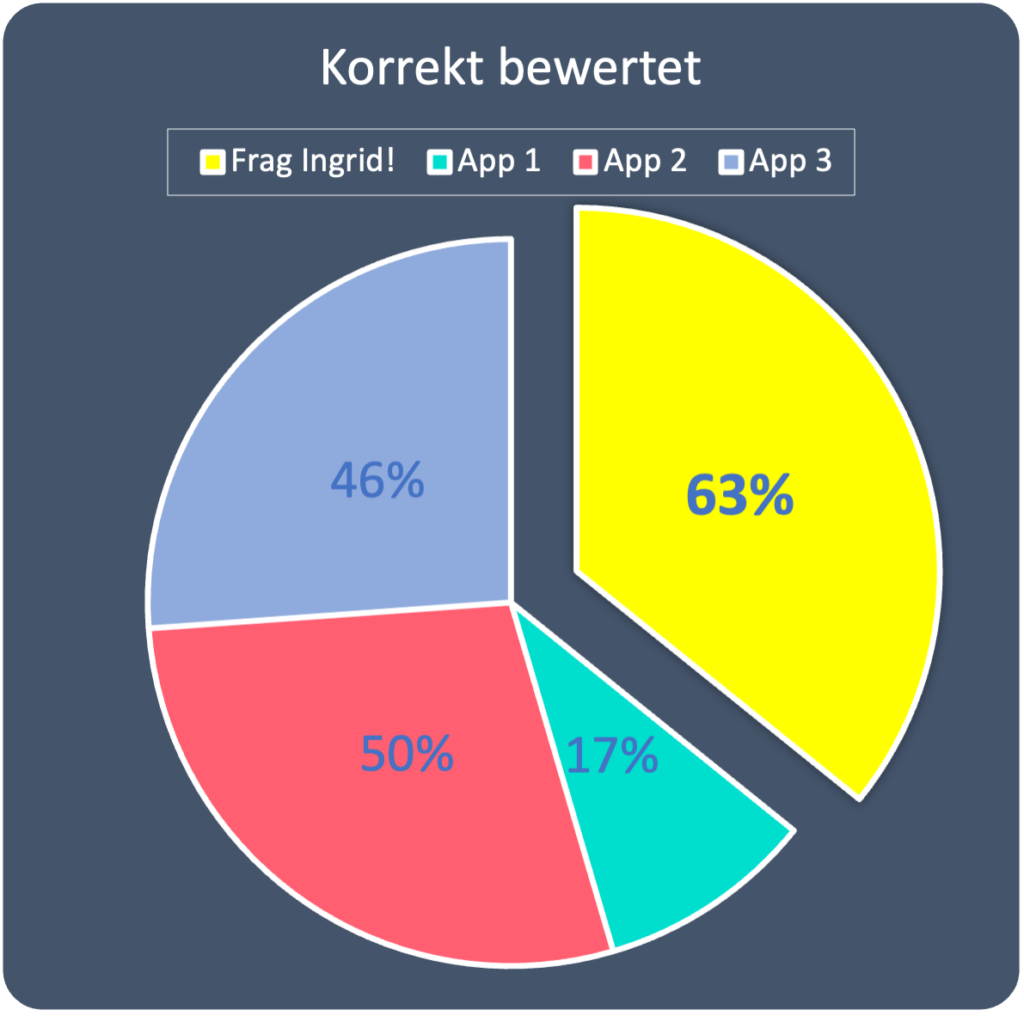
92% of the products were recognized by Ingrid, with two other apps in second place with a 75% hit rate, followed by the fourth app with only 33%.
But how good are the assessments of the scanned products? Here, too, “Ask Ingrid” is ahead. 63% were correctly recognized and correctly evaluated. The other apps lagged behind with 50%, 46% and only 17%.
After more than 10 years of development, many setbacks (especially financial setbacks), we have made it: functioning algorithms, usable data and the output as an app.
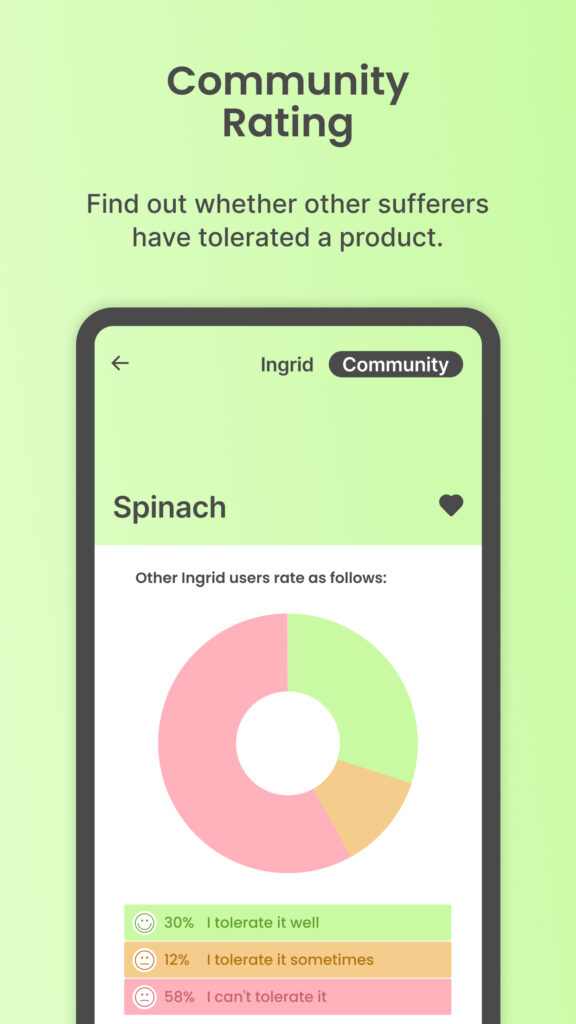
Advantage of Ask Ingrid: Community rating
Now our app has a big advantage: you! The large nmi community. You have already rated hundreds of thousands of foods in our app and thus anonymously help others to rate foods. This feature is also available for the food scan. And now it’s up to you again: indicate in the app how well you tolerate the scanned product and help others. This means that products that our algorithm cannot rate can also be rated. And there is another advantage …
Assessment for histamine intolerance
The community rating can also help people with histamine intolerance. Because the more data there is per food, the more accurate it becomes for all concerned.
Be a friend of Ingrid
Thank you for using our app and working with us to further improve this app and its algorithms. As you know, development and operation costs a lot of time and money. More than you can ever earn with an app like this. It is therefore necessary for us to have a subscription model. Thank you for supporting us with just under 30 euros (25 USD) a year (that’s not even 8 cents a day) and for being friends of Ingrid. Thank you!
Planned release of the update with scanner function: January 2024.

